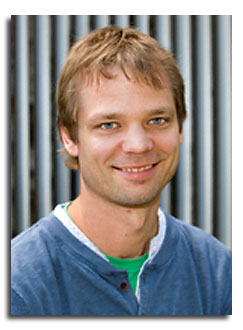
Abstract
While a recent focus in silicon solar cell R&D is on so called passivated contacts to reduce the impact of contact recombination and consequently enable very high efficiency devices, this presentation explores the more traditional way of reducing the contact area fraction. It is shown that even relatively high contact recombination does not prevent very high efficiencies within an otherwise high quality device. This motivates the use of laser processing as a low-cost tool for achieving the required localized features.
With the aim of developing an all-laser-processed point-contact high efficiency solar cell the main challenge consists in establishing fast and accurate characterization methods for the decisive properties of the point-contacts, namely contact recombination and contact resistivity. Suitable methods based on fitting numerical simulations to measured PL signals and IV-curves of dedicated test-structures are presented. Early results indicate an efficiency potential up to 24%, while the very first batch of cells achieved 19% efficiency.
Click here to see all available video seminars.
Click here to go to the SPREE HOMEPAGE.
Brief Bio
Andreas received his PhD from the University of Konstanz, Germany in 2010. He performed his PhD work at Fraunhofer ISE, Germany, on the topic of modeling and simulation of laser processes for silicon solar cells. He continued as a postdoc on the development of advanced laser processes. In 2011 he commenced a research fellow position at the Australian National University in the field of advanced SLIVER solar cells, where he was granted an ASI fellowship in 2012 on the development of laser doped emitters. His current work includes multidimensional modeling of PV devices for cell design optimization and simulation supported characterization. He has authored numerous publications about laser processing and modeling, and developed Quokka, a free 3D solar cell simulation tool.
